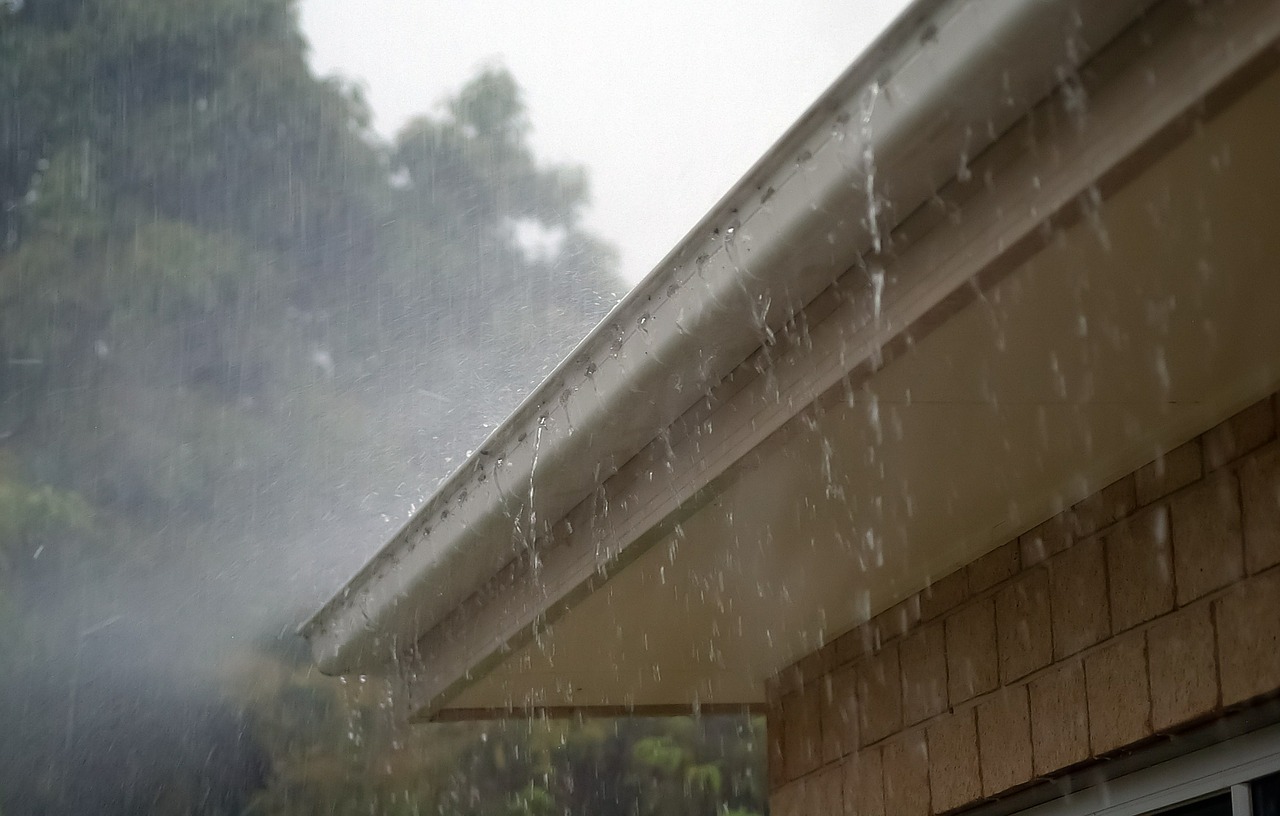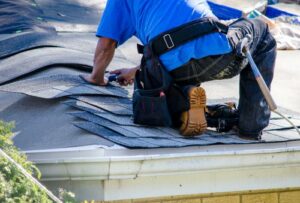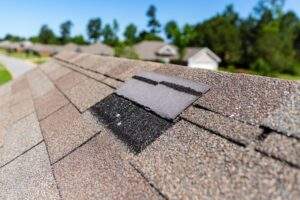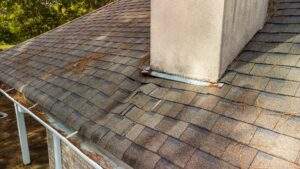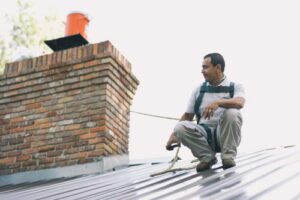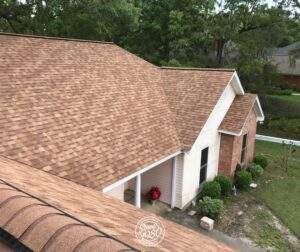Florida’s summer storm season is known for heavy rain, thunderstorms, strong winds and hurricanes. We’ve outlined steps below to ensure that your roof is in top shape to handle the upcoming weather conditions.
Get an Annual Inspection
It’s always better to catch a small problem before it becomes a much larger problem. An inspection of your roof will uncover any issues that may have become an emergency later down the road. Consider exploring Preventative Maintenance programs to regularly check the condition of your roof, as it could end up saving you lots of money in repair bills when storms strike.
Check for Leaks
Leaking roofs can cause havoc on your home. Heavy rain and increased water flow can quickly turn a small leak into a much bigger leak with the potential to damage walls, insulation, electrical wiring, and even your home’s foundation. It’s important to identify any leaks and have them repaired before they cause interior damage to your home. See more tips for identifying leaks here.
Replace Damaged Shingles
High winds can loosen or dislodge shingles, leaving your roof vulnerable to the elements and exposing holes and/or gaps in the roofing system. This allows high winds to do further damage and can lead to water damage in your home. Replacing damaged or missing shingles is a lot more cost effective than replacing an entire roof so it’s best to get it taken care of immediately.
Trim Surrounding Trees
Falling trees and branches are very common during heavy storms and hurricanes. While a falling tree can obviously deal major damage to your home, small branches can also damage the surface of your shingles leading to granular loss and damage to the protective coating. It’s important to maintain any trees on your property by removing dead or weak branches and trimming trees that are close enough to fall on the roof. Generally, you’re aiming for 6 feet of clearance.
Clean Your Gutters
Clean gutters are necessary to keep water flowing off of your roof properly and to prevent the pooling of rainwater. Standing water can seep into the shingles, soffit, and fascia and add weight that could cause them to tear away from your home. Blocked gutters also cause water to fall away from the downspouts and spill down the exterior wall. This may deteriorate wood framing, saturate wallboards and spur mold growth inside the walls. An overflowing gutter will also saturate the ground directly below, making it more likely to penetrate cracks and pores in a concrete foundation.
Understand Your Insurance Policy
What kind of damage does your insurance policy cover? Make sure your policy is up to date and doesn’t have any gaps in coverage that may cause headaches if any damage does occur during the storm season. Take photos and an inventory of your home to prepare for any claims you may have to make in the coming months.
Address Damage Quickly
Don’t hesitate. Fixing a small leak quickly will save you time and money down the road. Our roofing experts are ready to help you secure your home for the storm season and can get an appointment set within 24 hours in most cases. Request your free estimate online or by calling us at 855-964-7663.
Florida’s storm season has begun. Don’t let it get the best of your roof by following this guide to ensure your roof is in top condition.

